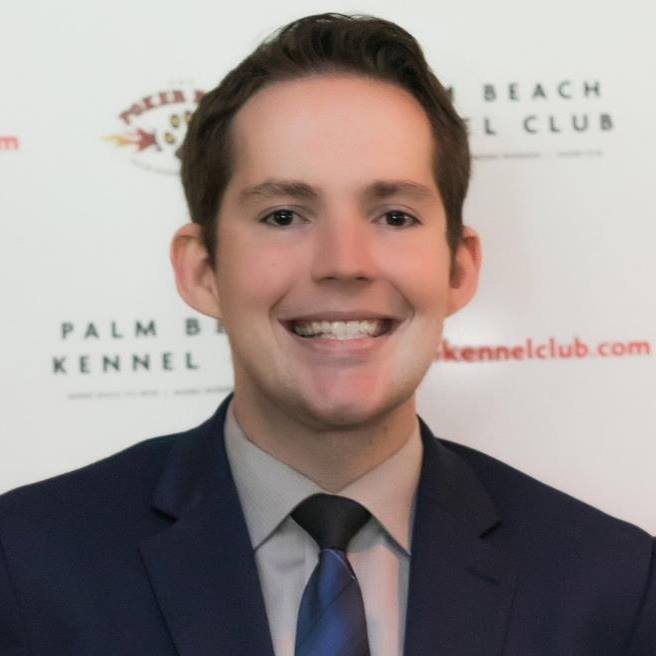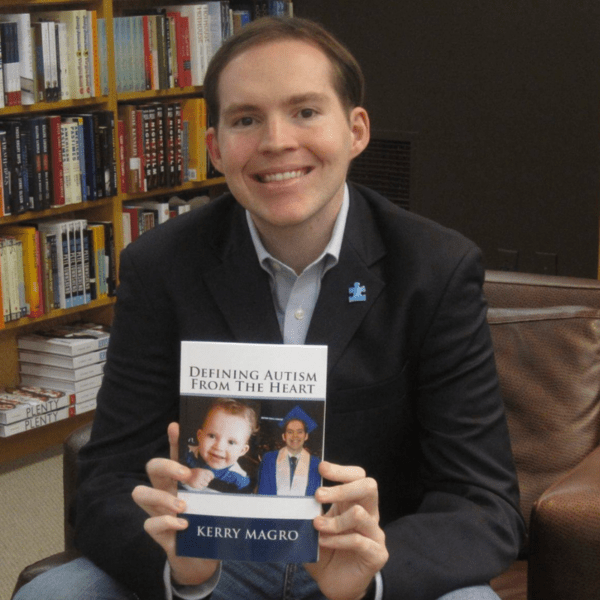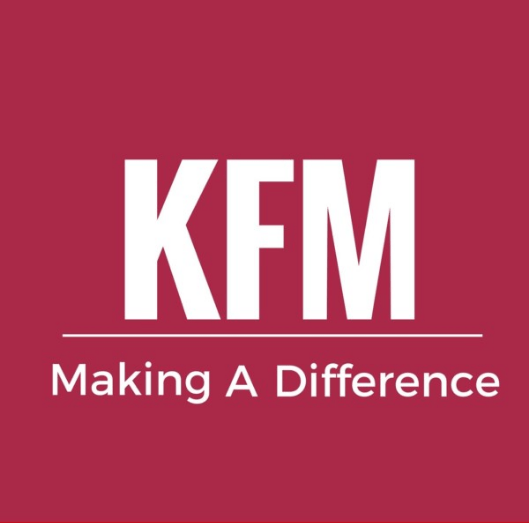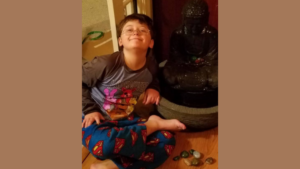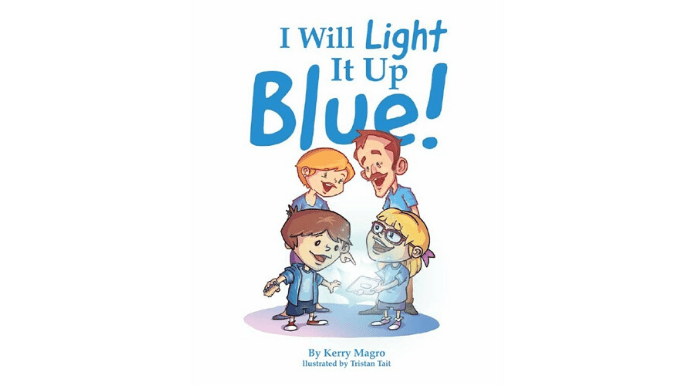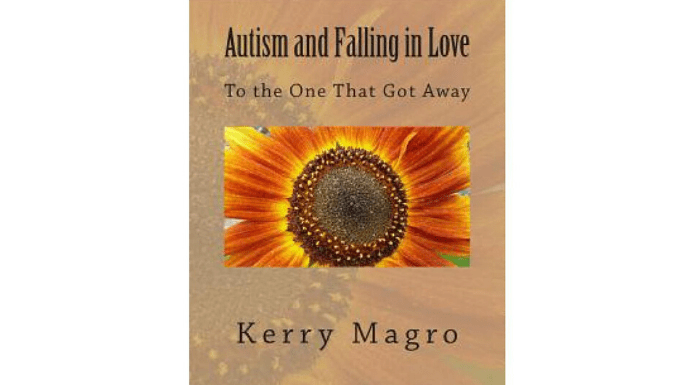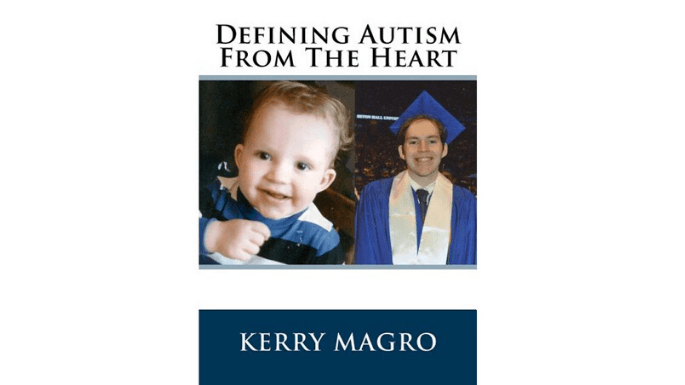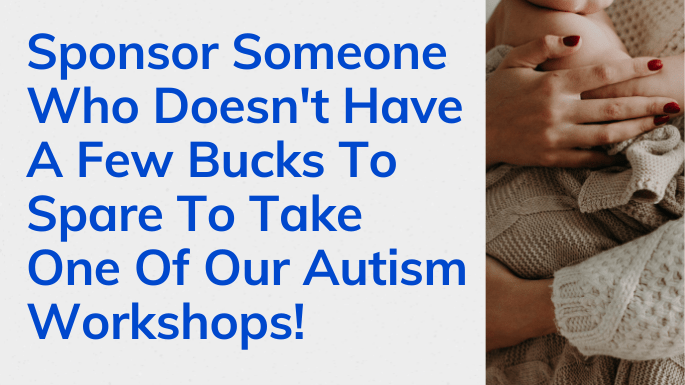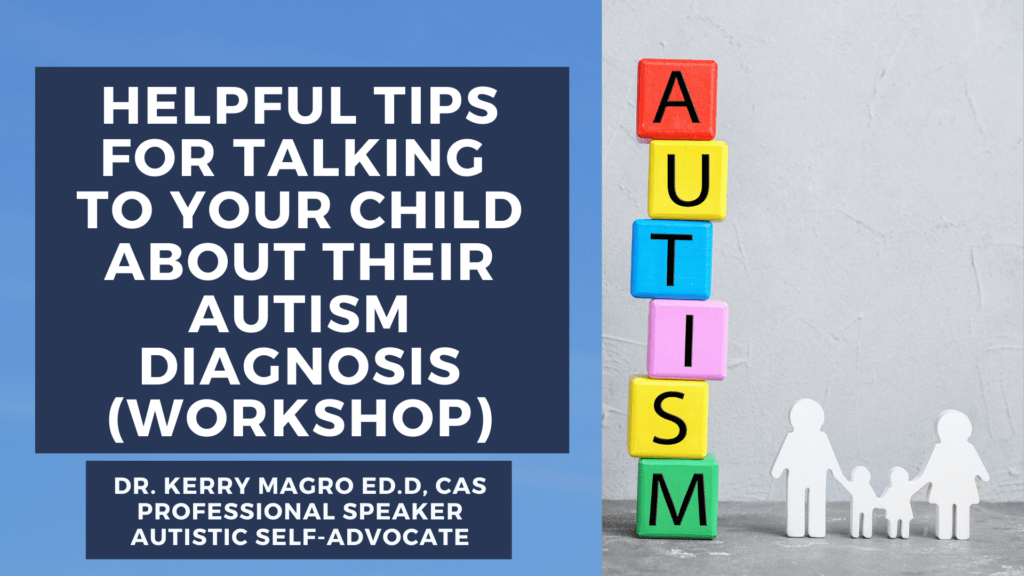When a child is diagnosed with autism, well-known therapies like speech, occupational and physical therapy can be introduced. One therapy that tends to get overlooked in my work, though, is “theatre therapy.”
When I was diagnosed with autism at 4, I was already a huge fan of Disney films. Even though I hadn’t started to talk in complete sentences yet, I’d say a few of the words and then hum the rest of the time. That fascination only grew with being a fan of shows like “Thomas The Tank Engine,” “Teenage Mutant Ninja Turtles” and “Power Rangers.” My love of these shows made me want to mimic the characters at times.
Months later, after my diagnosis was confirmed, my parents would take notice of this when trying to find new and innovative ways to help me overcome some of my social and communication challenges. This led to the start of my journey in theater therapy. For the next 15 year,s from pre-K through graduating high school, I would act in over 20 plays. My love of film and television would only continue to blossom. Even though I would stop acting to focus on school and disability advocacy, I was still truly happy with being a fan of the TV and film industry.
Then something unexpected happened.
A few years later, I was starting an internship and received a call from a movie director named Todd Graff. He had heard about my work in the autism community and wanted to ask if I could help with his new film, “Joyful Noise,” in which one of the characters had Asperger’s syndrome. I immediately thought I was being ‘Punk’d.” But after a short conversation, he sent me the script of his play. A week later, we had lunch in New York, and after that conversation, he asked me to be a consultant on the film to make sure the character in his film was as realistic a portrayal of a person on the autism spectrum as possible. After a year and a half of being a consultant, the film was released, and I was able to go to the world premiere at Grauman’s Chinese Theatre in Hollywood, California. Then after the film was over, I saw my name at the end of the credits. I had finally seen my name, after years of being a fan of film, in an actual film.
That moment was something I will never forget. Since that time, I’ve continued to consult for several films, including “Jane Wants a Boyfriend,” “Don’t Foil My Plans,” and “Big Daddy Autism” to keep that portrayal of those with autism and disabilities as realistic as possible.
Looking back as the kid who used to be nonverbal and had so many challenges, I’ve been blessed with an opportunity to help an industry I have a passion for. I can only hope more projects will continue to give me these opportunities to follow one of my true passions for years to come.



